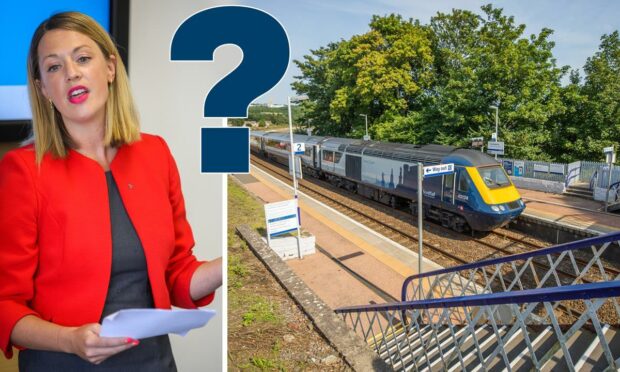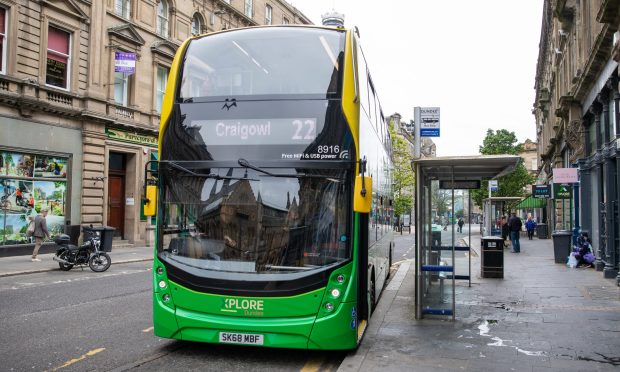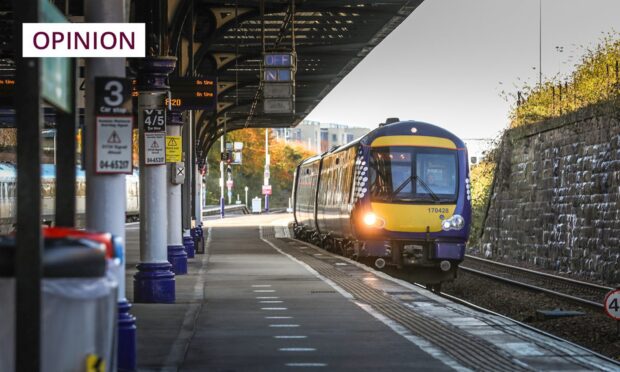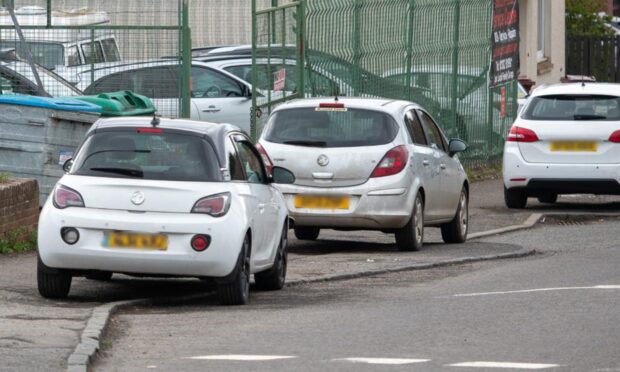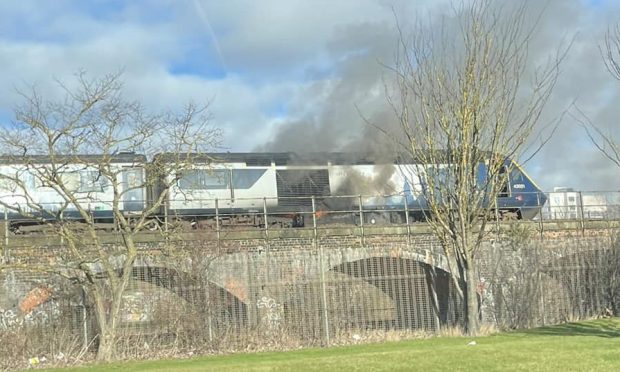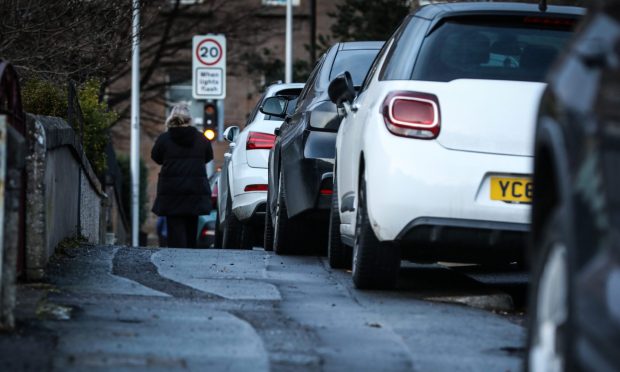There is little disagreement over the large scale of the challenge facing railway bosses when the ScotRail franchise passes into Scottish Government hands on April 1.
When ministers confirmed the move back in December 2019 it felt like every rail passenger you chatted with had their own rail horror story to share.
The hashtag #ScotFail trended on Twitter in that pre-pandemic world as rail bosses at the Dutch-owned firm Abellio played pantomime villains for frustrated commuters.
Yet Scotland’s Railway will be born into a very different world on April 1 – as confirmed by transport minister Jenny Gilruth.
Albeit one with plenty of local issues coming down the track.
So what is likely to be top of their in-tray?
Explain why there are fewer local services
This has been the big one in the run up to Scottish Rail Holdings taking control of the franchise.
Rail bosses have cut services and – despite a little last minute rejigging – they still won’t return to pre-pandemic levels.
That’s a strange place to be for a service looking to attract people back to the trains.
Veteran rail consultant David Prescott said there’s a difficult balance to be struck between “reducing services because there are fewer people travelling and making the services unattractive.”
He suggested the recent cuts may not have struck the right balance.
“I don’t know who’s decided it. But I have a horrible feeling it’s more a government decision than a ScotRail decision.”
The resulting brouhaha showed why politicians should stay out of the drivers’ cab as the new Scotland’s Railway CEO Chris Gibb and his team settle in.
“The government have got to move to a hands off approach to running the railway.
“It’s no longer a private company, government contract, which they managed very, very firmly.
“They have to move away from that micromanagement and let the railway manage itself properly.”
Meet demand for new stations and electric trains
Most of Scotland is playing electric catch up to the west coast and central belt when it comes to electrification.
David suggested lines from Edinburgh to Aberdeen and Inverness should benefit from the technology sooner than later.
This is likely to improve journey times as well as help the nation hit tricky carbon reduction targets.
“Decarbonisation needs to move a lot faster. To my mind, that means getting the wires north of Dunblane and getting the opportunity to put electrical power into the Dundee station area.”
The other local hot potato is new stations.
Southern Fifers may be celebrating the return of Levenmouth, but their northern cousins have reason to feel aggrieved.
David suggests Scotland’s Railway should give new impetus to campaigns in Newburgh, and to a lesser extent Wormit, to see their stations reborn.
“Planning is focused on the long-distance services and urban areas. It’s making it more difficult to provide small communities with rail connections.”
Scotland’s Railway chiefs must improve poor reliability and punctuality
Frequent passengers will remember the big three from the pre-pandemic world.
Ministers announced the decision to axe Abellio in 2019 after the firm posted its poorest monthly performance figures in a year.
That December, some 84.4% of trains arrived within five minutes of schedule.
Between February 6 and March 5, 89.3 % of ScotRail’s trains arrived within 5 minutes of their booked time Scotland-wide.
Problem solved, right?
Not really.
In Dundee only 53.5% of services arrived in the station bang on time.
Perth fared better at 64.3%, Kirkcaldy posted punctuality at 62.4%, but in Markinch the figure dropped to 48.3%.
Arbroath and Carnoustie stations were among the worst affected in Scotland.
Punctuality rate at the Angus stations was only 33.8% and 37.9% respectively during the period.
With fewer passengers, rail chiefs have made progress, but gains must be kept and there is plenty more still to do.
